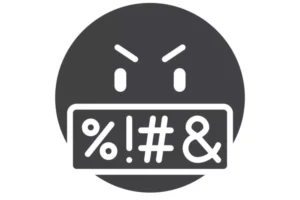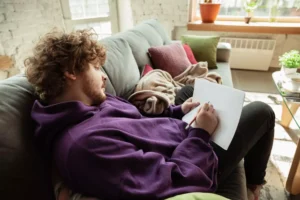I’ve been traveling a lot over the past few months (hence not a lot of blogs from me), and I had two eye-opening encounters during that time, both coincidentally in Texas.
The first was in early March when I and some colleagues, one of whom was African-American, had cause to be in a tiny town in central Texas. We had arranged to meet someone at the town’s small diner, called the Koffee Kup. Our hotel clerk informed us that it had formerly been the Koffee Kup Kafe, the three K’s being deliberate code for the many local Ku Klux Klan members.
While the former name is factual, I have no idea if its alleged relationship to the KKK is true—then or now. When we’d finished our business later that day, we gassed up our rental car and went into the small store to stock up on coffee and pogey bait—all of us, that is, except for our black friend. He remained in the car. We didn’t ask him why.
The next incident happened only a few weeks ago, again in a small, town in rural Texas. (And, please, let’s not use this coincidence to bash Texas!) As I went to check out at my small hotel, a twentysomething African-American man already waited at the counter. The clerk emerged from her office and looked through him to me: “Can I help you?” she asked, ignoring him and looking straight into my eyes.
She couldn’t have missed him; he stood at least six inches taller than I. Yet she acted as if he wasn’t there. “No, this gentleman was first,” I said, motioning to the man. I’d like to say I was righteously indignant, but in reality I was just dumbfounded. My mind couldn’t quite register the blatant snub, and I guess I wasn’t trying so much to be heroic as helpful, as if the clerk had somehow not seen a 6-foot, 6-inch man standing right in front of her.
As I recently thought about both incidents, I was struck by the men’s reactions. In the first, my friend chose to forego using the restroom or stretching his legs in order to avoid any possible incidents in a town that may or may not have been a KKK stronghold. In the second, instead of reacting as I would have—“Hey, I was here first!”—the man simply shrank back, even though he was as big as a linebacker. (After I insisted he be allowed to go first, he and I struck up a conversation about our travels. I sensed he was relieved to be able to simply act normally around another person.)
What is it like to constantly have to be aware that you might not look like everyone else around you? What is it like to have to constantly calculate social interactions to avoid “creating a scene” in what should be a perfectly innocent situation? What is like to be invisible when you want to be visible—and vice versa?
Our nation has come a very long way in racial relations over the past 40-plus years. I am encouraged by racial attitudes among Americans, particularly in younger generations. And it’s not just in the States. I lived in South Africa during the apartheid era, and a visit to Durban a few years ago was a night-and-day experience for me.
But these two seemingly random interactions separated by only a few months and coincidentally only about 150 miles showed me also that the completely artificial category of “race” is a lie that remains all too pernicious for some.









